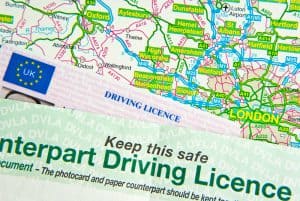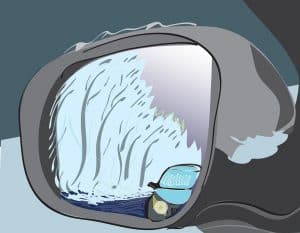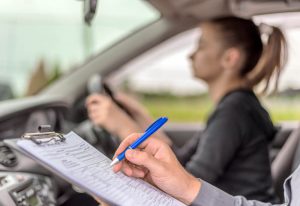These 10 Top Tips Will Make You an Expert Winter Driver in the UK
More help for you
We’re fortunate in the UK, that during the winter we don’t get to experience the more extreme weather conditions that they do in other countries. However, what this means for many road users is that when heavy rain, dense fog or icy conditions do strike they don’t know how to drive properly or what the rules are regarding the condition of their car.
Let’s begin by considering the car and what needs to be done to ensure it’s ready to drive in wintery conditions.
Car Safety Tips
-
 1
1What supplies to take with you
It’s worth making sure you have all of the following in your car before you begin your journey:
- Snow shovel
- First aid kit
- Ice scraper
- Blanket
- Torch
- Warm clothing
- Fully charged mobile phone
- 2
The Code for your lights, mirrors and windows
Rule 229 of the Highway Code says that all lights, windows and mirrors must be clear of snow and ice before you begin any journey. It also states that your number plates must be clearly visible, and while there is no requirement to remove snow from the roof of your car, you could be penalised for driving without due care and attention if that snow falls onto your windscreen or into the path of other drivers so it’s best to remove it if you can.
Remember to clear the back windows too and the whole of the front windscreen as having these frosted over will increase the size of your ‘blind spots’.
- 33mm
have at least 3mm of tread on your tires
Selecting the right tyres
You’ll want to have at least 3mm of tread on your tires and if possible you should change to winter or ‘all season’ tyres as the rubber used in their construction gives better grip in cold and wet conditions.
It’s a common misunderstanding that letting air out of the tyres increases grip. On road cars and on UK roads, letting the air out doesn’t really help and it can make steering more difficult.
If you have snow chains, then these should really only be used when there is deep enough snow. If you use them when there’s only a gentle dusting, then you could end up damaging your car and the road.
Driving on Ice
- 110 times
stopping distance on ice is 10 times longer
Stopping distances on ice
In most parts of the UK, we’re more likely to experience ice rather than snow and it’s worth remembering that stopping distances can be around 10 times longer on ice. That’s a massive 120 metres at only 20 mph.
- 2
Pulling away and braking
You want to avoid wheel spin by pulling away in 2nd gear and applying the accelerator gently.
Everything takes more time when driving in icy conditions so braking needs to be done at a slower pace too and that means creating a bigger distance between you and the car in front.
Tyres will make very little noise when going over ice so if it becomes quieter in the car then that could be a sign you’ve hit a patch of ice.
Remember not to stamp on your brakes as this can cause you to skid.
Driving in Fog
- 1
Using your lights properly
In the Highway Code, it says that you must use your headlights when your visibility is seriously reduced and when you can see less than 100 metres. In dense fog, you should also use your front and rear fog lights.
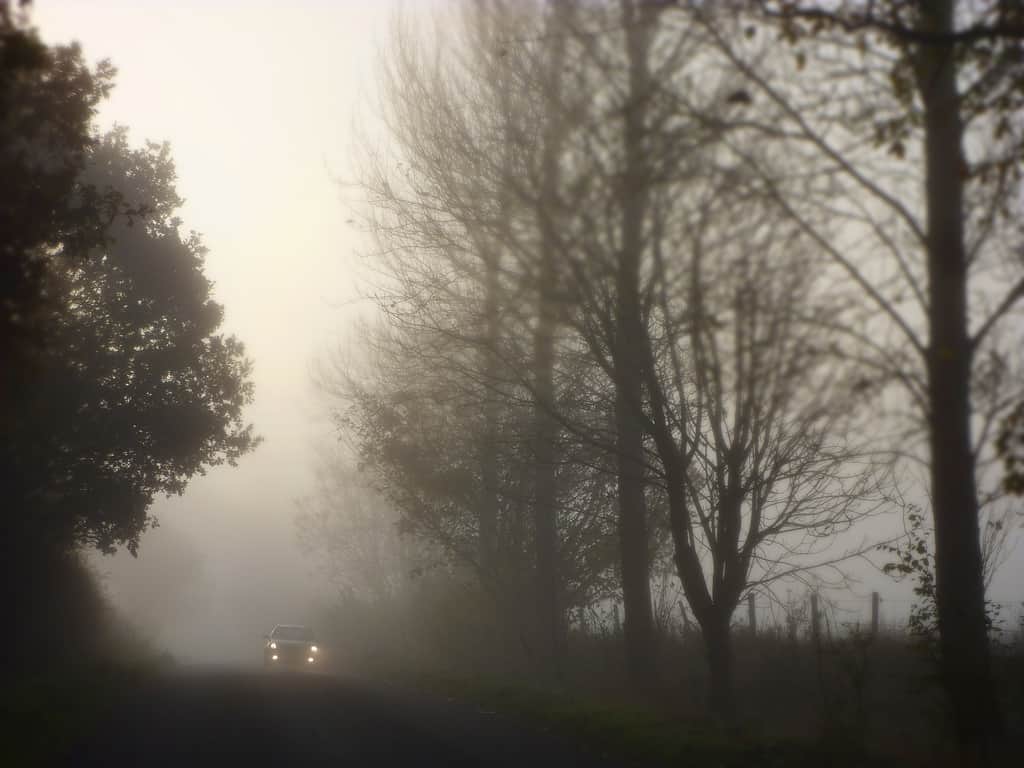
Fog lights helps you not only to see but to be seen by other motorists and pedestrians (Christian Guthier)However, it is illegal to use your fog lights when you’re not driving in fog, and the Road Vehicles Lighting Regulations (RVLR) 25 & 27 state that you have to turn your fog lights off when there is no fog.
- 2
Take time to listen
When approaching a junction, you may not be able to see as far down the road as normal, so open the window, turn off the radio and listen out for any oncoming traffic. When you feel that it’s safe to pull away, do so in a positive yet non-dangerous way as being too tentative could put you or others at risk.
Driving in Rain
- 1
Stopping distances in rain
They’ll at least double in the rain and wet conditions so if you’re travelling at 30 mph you can expect to take at least 46 metres to come to a stop. Remember the rule, ‘Only a fool breaks the 2-second rule’? Well, that becomes 4 seconds in the wet so give that driver in front a little bit more space.
- 2
The impact of spray
Spray from passing cars can impact on your visibility so you have to ensure that your windscreen wipers are working properly. This means giving them a clean before you set off so that they don’t smudge and smear and you should also ensure you have enough windscreen washer in the tank to clear the muck that gets thrown up in these conditions.
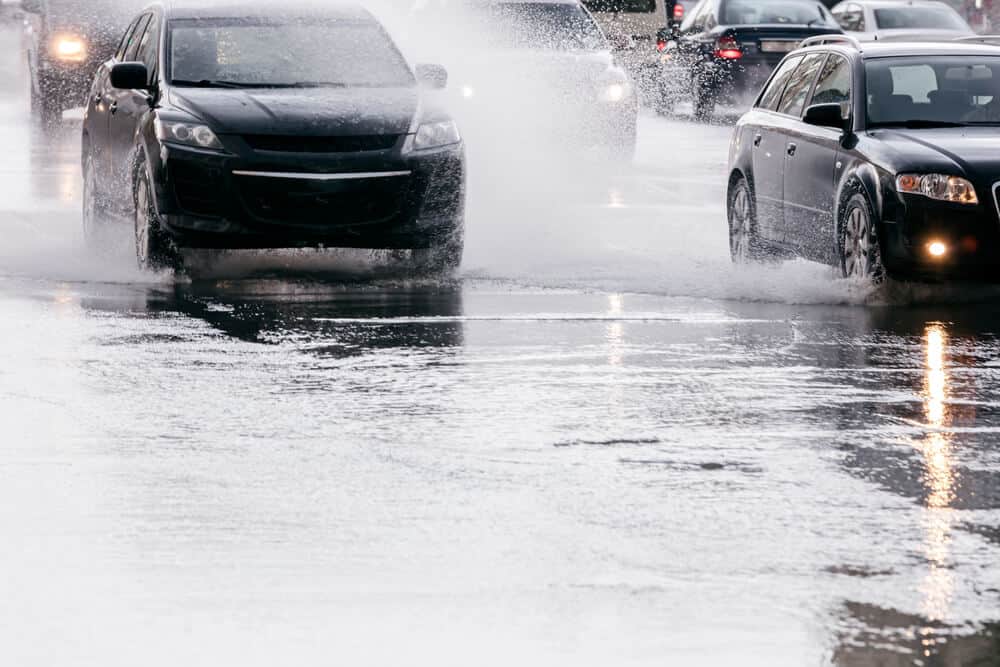
Don’t brake suddenly if you’re temporarily blinded by a wall of water on your windshield - 3
Watching out for pedestrians and cyclists
Care should also be taken when driving past pedestrians or overtaking cyclists. It’s illegal to purposefully splash pedestrians with water from a puddle so you need to slow down if you notice one ahead. The spray from your car can also interfere with a cyclist’s visibility, so again, you should give them even more space when going past.
By following these simple tips, you can ensure that you and other road users stay safe on the roads this winter.

